Last year almost half of Dundee’s secondary pupils were absent from school at least one day in every fortnight.
Poor attendance is regarded as a major problem and can have a huge impact on the qualifications a young person will walk away with.
Sometimes it’s missing the odd day here but often it’s refusing to go altogether for weeks and even months on end.
While truancy has always been around, school refusal – as it’s often now known – has grown since the pandemic.
According to figures we obtained through a freedom of information request to Dundee City Council, 46% of young people had under 90% attendance in the 2022/23 academic year.
That’s equivalent to missing a day at least each fortnight.
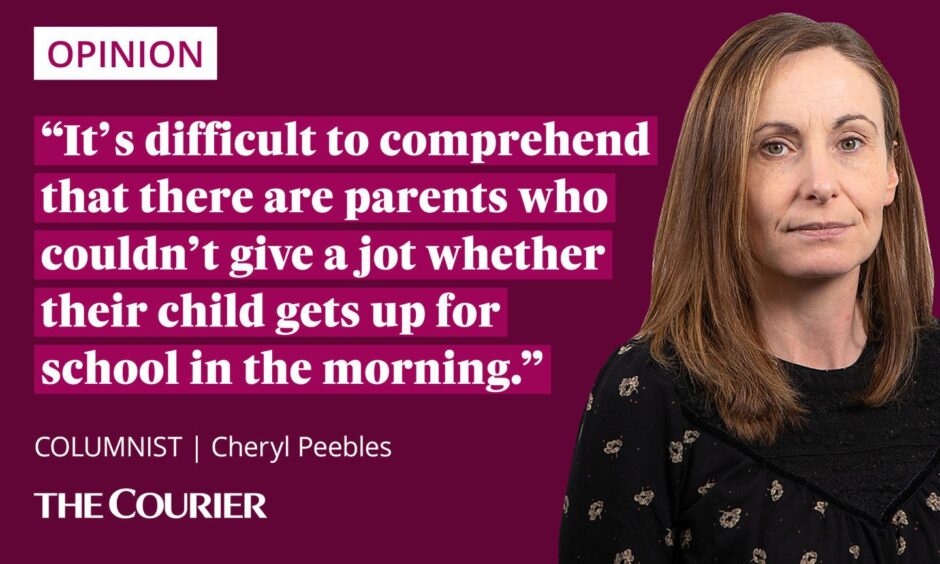
The year previous, another FOI response revealed that 384 secondary pupils around the city missed half or more of their schooling.
Schools also report issues with pupils turning up late as standard, or disappearing midway through the day.
I’ve heard from teachers who say they often teach classes where half of the seats are empty.
The statistics are frightening. Behind them are hundreds of young people whose opportunities in life are being depleted as a result.
There are myriad reasons why young people miss school, besides ill health or families taking term-time holidays.
They may be afraid or emotionally damaged by bullying.
They may be suffering anxiety so severe they find it difficult to leave their bedroom.
Perhaps they are so poor they don’t have a warm jacket for the winter or don’t have money to go to the shops for lunch with their friends.
Maybe they just don’t want to – disengaged from the education system and preferring to bunk off with their friends.
Parents who care and parents who don’t
Whatever the reason, there are two kinds of parents behind these young people.
There are those desperately trying to get their child back to school, whether that child is struggling emotionally or has gone off the rails.
They’ll have tried every trick in the book, gone down every avenue to get help and are in anguish over their child’s refusal or inability to go school.
And then there are those that just don’t care. It’s difficult to comprehend that there are parents who couldn’t give a jot whether their child gets up for school in the morning.
Parents who will fob off phone calls from their school wondering where their child is.
Parents who are unaware where their truanting son or daughter spends their days.
But that is the reality schools often face when they try to engage with families where attendance is poor to non-existent.
Perhaps these parents themselves didn’t go to school and the cycle of disadvantage is perpetuated.
Perhaps these are the parents social media users pointed the finger at when youths caused yet more trouble in Kirkton at Halloween.
This week, however, I heard how Morgan Academy is working with a small group of pupils missing too much school.
It has appointed a family and attendance officer dedicated to helping these young people attend more regularly.
In these cases a phone call home to alert parents or to cajole a reluctant teen just isn’t going to cut the mustard.
Instead, this officer is digging down to find out what is preventing each individual from getting to classes. Are there issues at home? Is the pupil depressed? Do they need financial help?
Then she is giving or sourcing the support that they need, whether that’s from another organisation or just spending time with them, listening and talking.
When they do come into school, that’s recognised, rewarded and they are made to feel welcome.
The approach is starting to pay off. Pupils receiving that support are in school more regularly. While attendance rates city-wide declined last year, Morgan’s increased.
And it’s intended to share what the school has learned with Dundee’s other secondaries.
There’s still a lot of work to be done with pupils at Morgan.
But it’s a start.
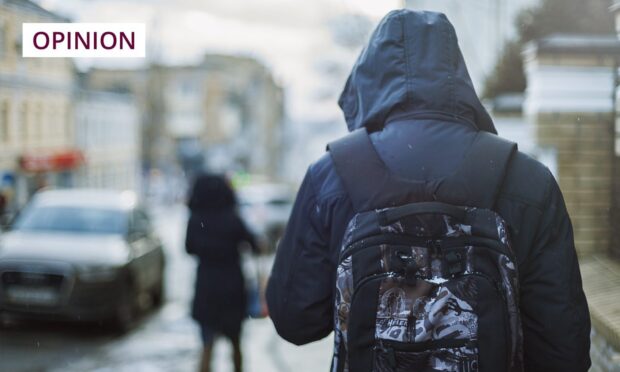




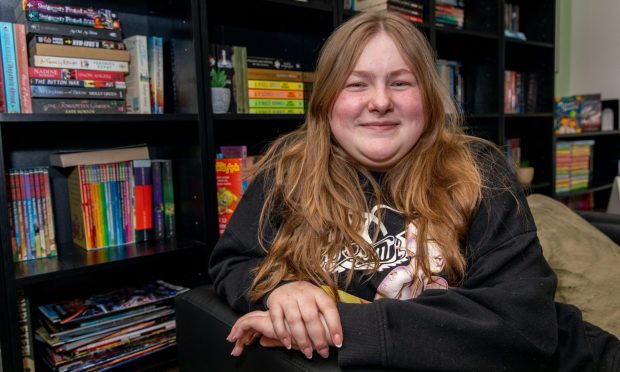
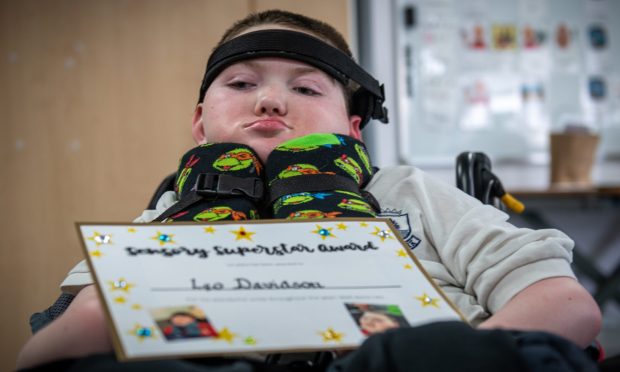
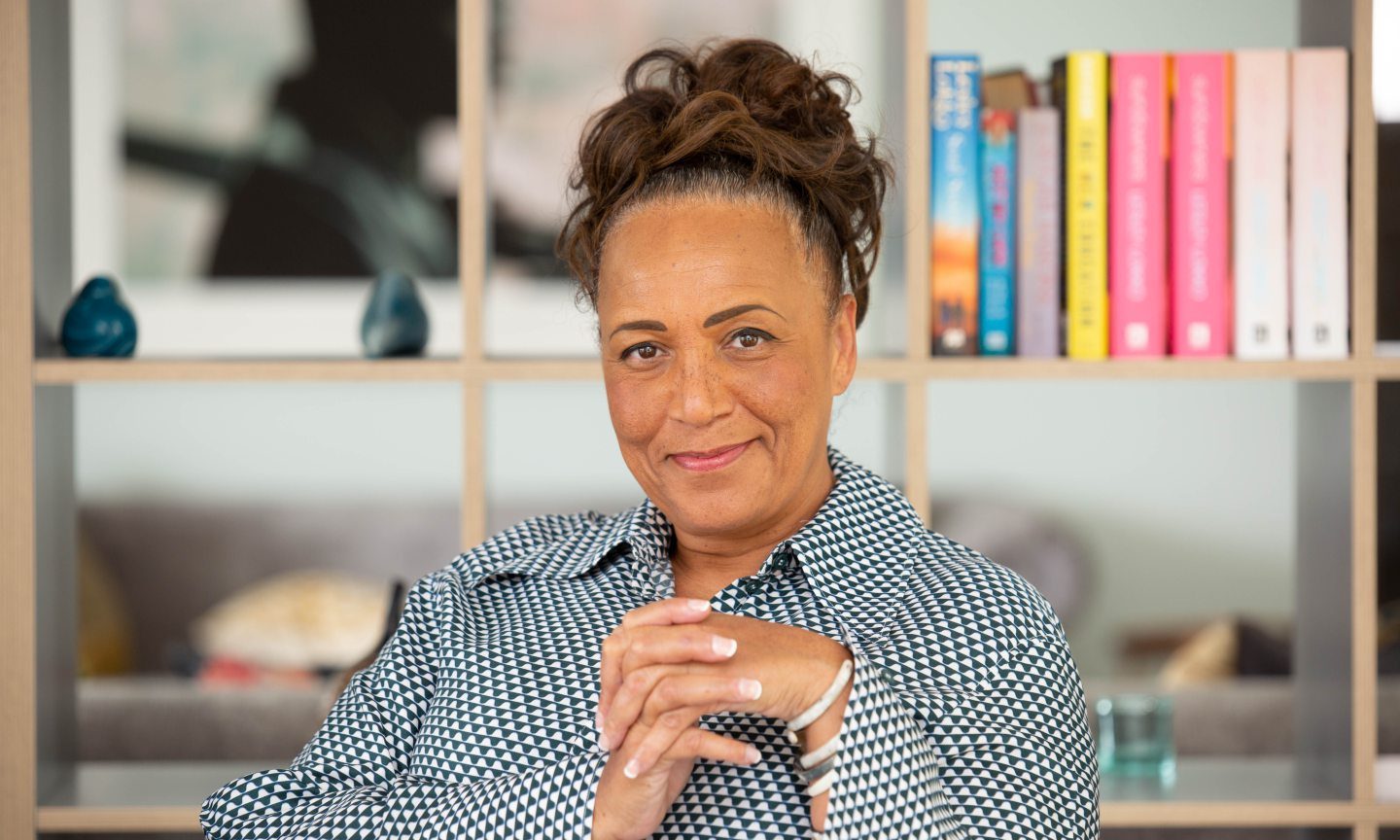


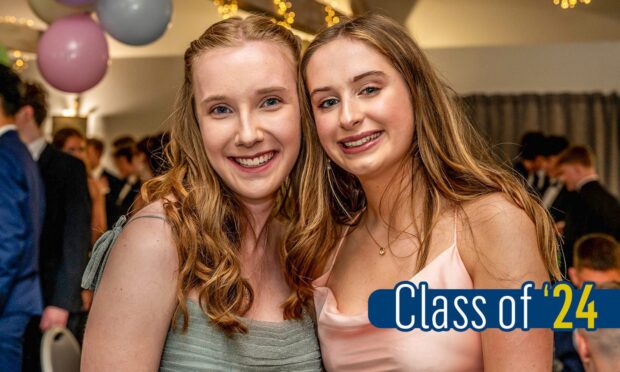
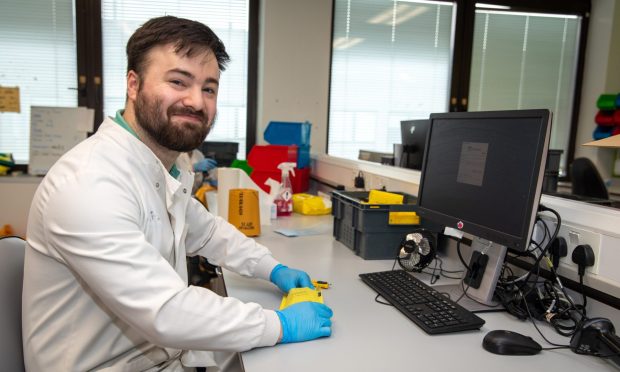
Conversation